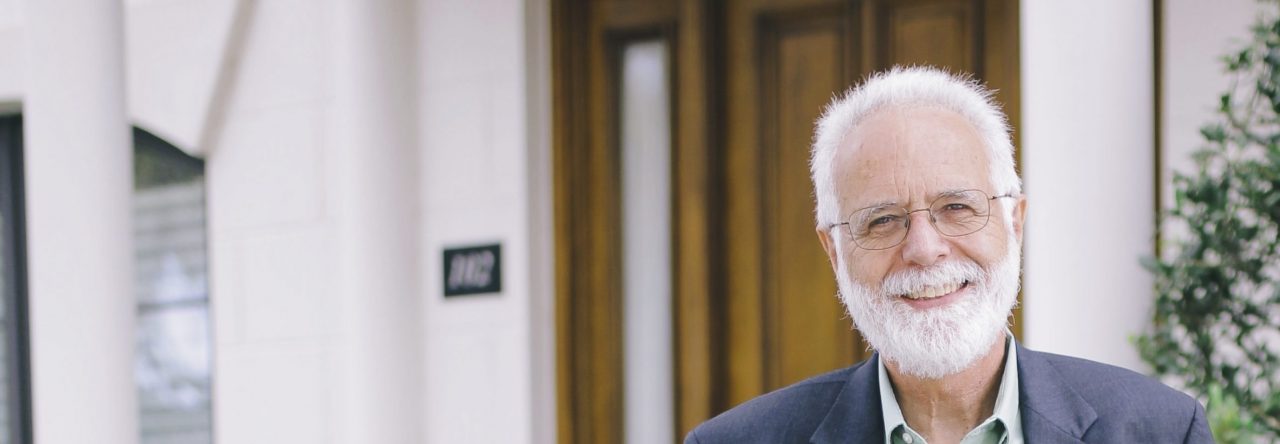In a recent tweet, Erik Larson, author of the acclaimed The Devil in the White City and the recently released and nearly as good Dead Wake (on which I’ll have more to say in time) paid tribute to his yellow writing pad and his well-sharpened pencils. I pictured him sitting at a cluttered desk with a pad open before him and a ready stack of pencils, and it encouraged me to step away from my computer and to attempt to write using a yellow pad and a pen.
I find that doing so does effect the way I write. When writing on paper my posture is more alert. I write more slowly, perhaps but not necessarily more thoughtfully. It is not as easy to correct a word or a sentence or to re-order paragraphs and so I think I’m a bit more careful.
Knowing that I will edit the whole as I bring it to final form on a computer may counteract these advantages, and yet being forced to rewrite the whole as I type is a good discipline in itself. I find it humorous if not disconcerting that when I begin to write with pen and paper after not having done so for a time, I cannot control the impulse to look at the top right-hand corner of my pad to see what time it is. Perhaps to quell such impulses as that makes the occasional yellow-pad writing worthwhile.
So, occasionally I’ll revert to the pad. But I’m guessing this is true of Larson as well. He has mentioned elsewhere other tools without which he could not write: his laptop and a stack of Double Stuf Oreo cookies.
I’m reminded of the comments of Neil Postman (in Building a Bridge to the 18th Century) regarding the perceived advantages of technology in writing.
I will use technology when I judge it to be in my favor to do so. I resist being used by it. In some cases I may have a moral objection. But in most instances, my objection is practical, and reason tells me to measure the results from that point of view. Reason also advises me to urge others to do the same. An example: when I began teaching at NYU, the available instruments of thought and teaching were primitive. Faculty and students could talk, could read, and could write. Their writing was don the way I am writing this chapter—with a pen and pad. Some used a typewriter, but it was not required. Conversations were almost always about ideas, rarely about the technologies used to communicate. After all, what can you say about a pen except that you’ve run our of ink? I do remember a conversation about whether a yellow pad was better than a white pad. But it didn’t last very long, and was inconclusive. (pages 55, 56)
It’s ironic then that I’ve consumed more than 500 words talking about the technologies of writing and not writing about things that matter. I’m guilty of his observations. Postman’s final judgment is that the net gain of our technologies of communication is “about zero, with maybe a two- or three-yard loss.” He’s probably correct.
Sticking with the football metaphor, I have no illusion that throwing the exact same football as Peyton Manning will qualify me to run an NFL offense. But as one who wants to write but rarely does, the tools that help accomplished writers intrigue me.
Therefore, I’m buying some Oreos. Today.


